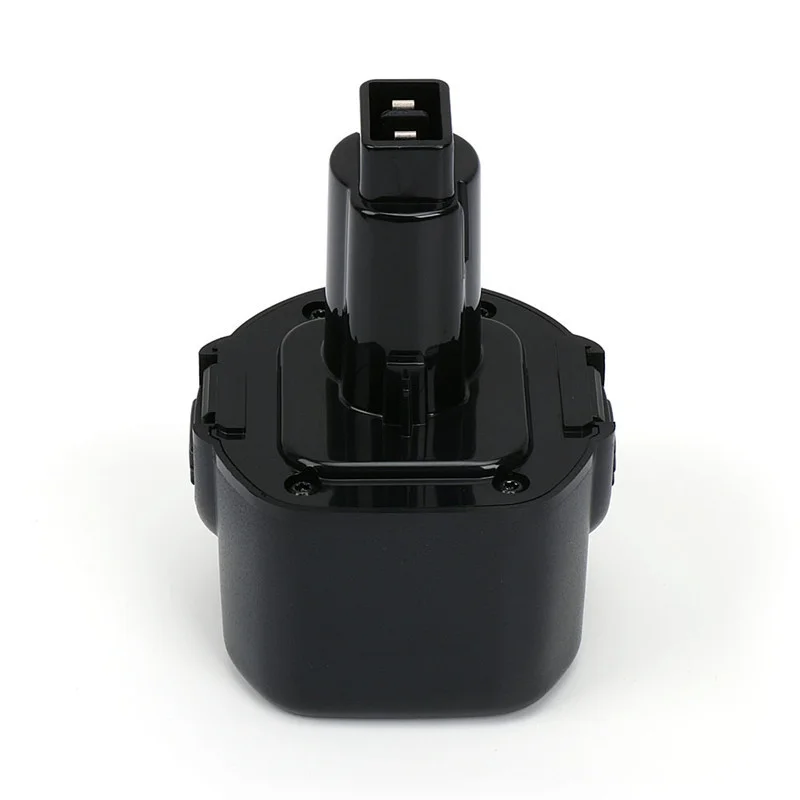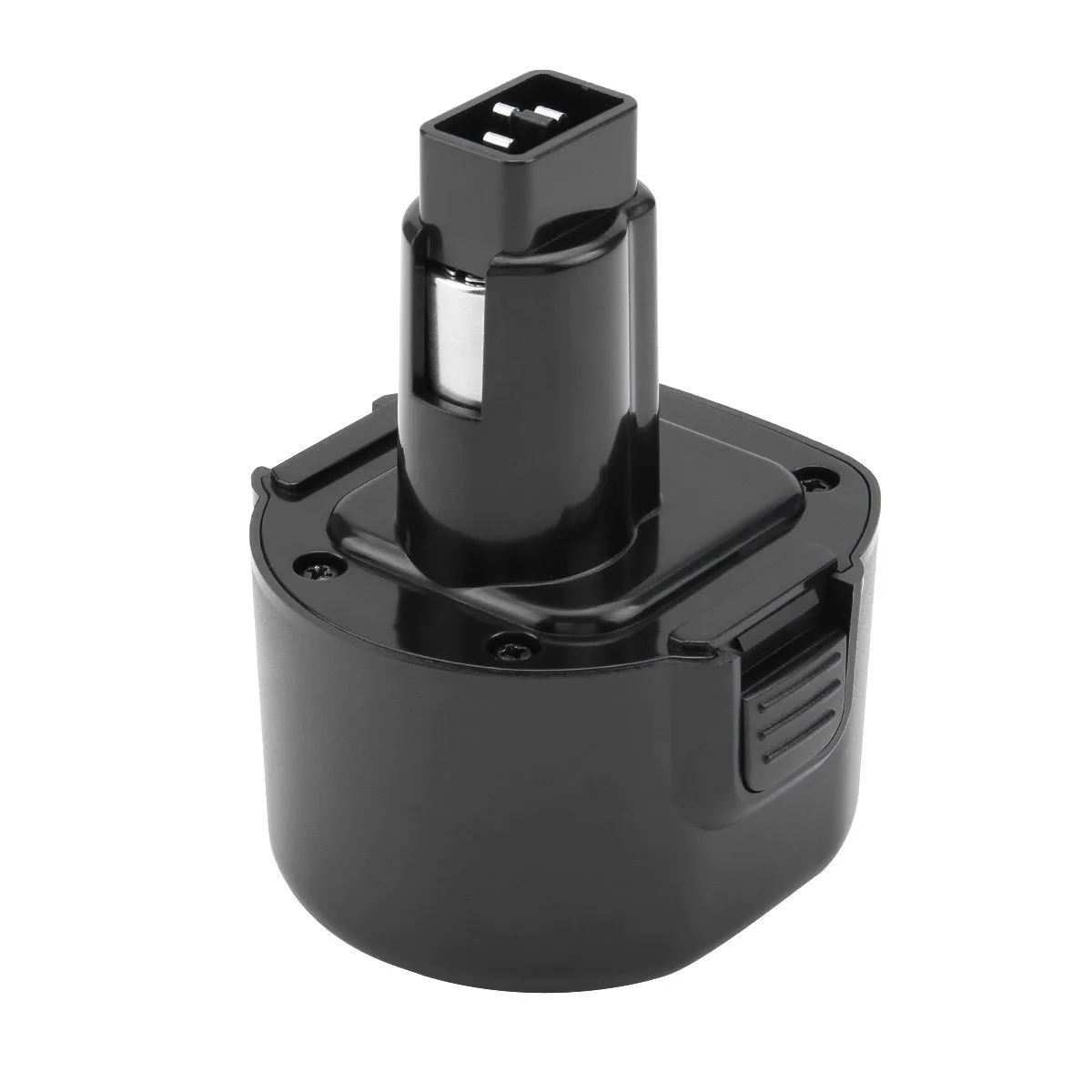Описание и отзывы
Характеристики
Fresh Pears From Professional Supplier
SELECT
Pears do not ripen well on the tree. Pears are harvested when mature, but not yet ripe. Instead, they slowly reach maturity as they ripen from the inside out at room temperature.
How do you know when the pear has ripened to sweet and juicy perfection?
While a Bartlett’s skin color brightens as it ripens, most varieties of pears show little change in color.
Varieties to Explore
Bartlett
Bosc
d’Anjou
Nutrient Content Claims
Fat free, Saturated fat free, Cholesterol free, Sodium free
Health Claims
Dietary Fat & Cancer: Development of cancer depends on many factors. A diet low in total fat may the risk of some cancers. Pears are fat free.
Sodium & Hypertension:
- Diets low in sodium may the risk of high blood pressure, a disease associated with many factors. Pears are sodium free.
- Diets low in sodium may the risk of high blood pressure. Pears are naturally sodium free.
- Pears, as part of a low sodium diet, may the risk of high blood pressure.
Dietary Saturated Fat & Cholesterol & Risk of Coronary Heart Disease: While many factors affect heart disease, diets low in saturated fat and cholesterol may the risk of this disease. Pears contain no saturated fat or cholesterol.
Fiber-Containing Grain Products, Fruits, and Vegetables and Cancer: Low fat diets rich in fiber-containing grain products, fruits, and vegetables may the risk of some of cancers, a disease associated with many factors. Pears are an excellent source of fiber.
Fruits & Vegetables & Cancer: Low fat diets rich in fruits and vegetables (foods that are low in fat and may contain dietary fiber, vitamin A, or vitamin C) may the risk of some types of cancer, a disease associated with many factors. Pears are an excellent source of fiber.
STORE
If pears are ripe, use them right away or refrigerate for up to 5 days to slow further ripening. If they are firm, leave them at room temperature. Be sure to check them daily to catch them at perfect ripeness.
You can also arrange them in a fruit bowl and place them on the kitchen counter, dining room table, or even in the living room so you can enjoy their beauty as they ripen. If they are ripening at room temperature near other fruit, like bananas, the natural ethylene they give off will help speed up the ripening process.
To Avoid Browning
Like many fruits, the flesh of cut or peeled pears will eventually brown. This natural oxidation process, however, does not affect the taste or quality. Browning can be slowed by “acidulating” the cut surfaces with a mild solution of 50% water and 50% lemon juice. Lightly poaching pears will also slow the browning and is a good way to prepare pears for use in salads.








| Nutrient | Amount in 1 kiwi (69 g) | Daily adult requirement |
| Energy (calories) | 42.1 | 1,600–3,000 |
| Carbohydrates (g) | 10.1, including 6.2 g of sugar | 130 |
| Fiber (g) | 2.1 | 22.4–33.6 |
| Calcium (mg) | 23.5 | 1,000–1,300 |
| Magnesium (mg) | 11.7 | 310–420 |
| Phosphorus (mg) | 23.5 | 700–1,250 |
| Potassium (mg) | 215 | 4,700 |
| Copper (mcg) | 90 | 890–900 |
| Vitamin C (mg) | 64 | 65–90 |
| Folate (mcg) | 17.2 | 400 |
| Beta carotene (mcg) | 35.9 | No data |
| Lutein & zeaxanthin (mcg) | 84.2 | No data |
| Vitamin E (mg) | 1.0 | 15 |
| Vitamin K (mcg) | 27.8 | 75–120 |
Size: | 96#, 80# |
Packing: | 1) Inner packing: paper tray, foam net ,plastic bag. 2) Outer Packing: 18kg/ctn, 20kg/ctn. |
Features | 1. smooth and thin skin 2. Tast sweet and crisp 3. Looks nice |
Storage | 0~3 °C |
MOQ: | 1×20’ FCL |






















